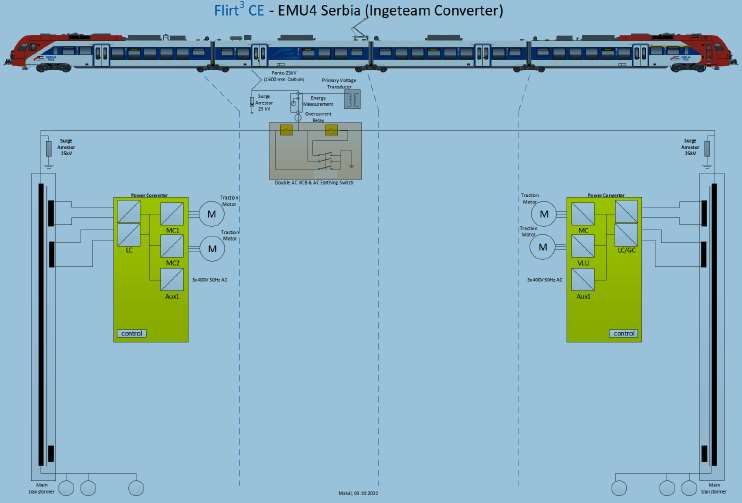Design method for intelligent robots applied to traditional CNC processing plants: An integrated system based on mechanical, circuit, and image recognition technologies
Abstract
This study aims to design an automated production assistance device for small to medium-sized traditional CNC factories. The goal is to provide a cost-effective auxiliary production tool that integrates seamlessly into existing machining environments. The design encompasses mechanical, circuit, and software components. Mechanically, the device features a robotic arm equipped with a camera for object recognition and gripping, utilizing real-time image processing to enhance efficiency and stability. The circuit design employs embedded devices and microcontrollers to create a low-power, high-performance control system that manages motor drive, sensor data collection, and image recognition. On the software front, the system uses OpenCV and You Only Look Once (YOLO) for object detection and identification to tackle complex industrial scenarios. The design also considers economic feasibility, making it suitable for effective application in small and medium-sized enterprises. Through detailed theoretical analysis and multi-stage system simulations, the intelligent robot system has been thoroughly validated for overall stability and practicality. The final product is an intelligent self-propelled cart with capabilities, supporting efficient automated production and the intelligent upgrade of traditional manufacturing industries. Such a system is expected to significantly enhance production line efficiency in variable environments, reduce reliance on manual labor, and promote the intelligent transformation of traditional factories.
References
[1]Mabkhot MM, Al-Ahmari AM, Salah B, et al. Requirements of the Smart Factory System: A Survey and Perspective. Machines. 2018; 6(2): 23. doi: 10.3390/machines6020023
[2]Kalsoom T, Ramzan N, Ahmed S, et al. Advances in Sensor Technologies in the Era of Smart Factory and Industry 4.0. Sensors. 2020; 20(23): 6783. doi: 10.3390/s20236783
[3]Zinn M, Roth B, Khatib O, et al. A New Actuation Approach for Human Friendly Robot Design. The International Journal of Robotics Research. 2004; 23(4-5): 379-398. doi: 10.1177/0278364904042193
[4]Zhang Y, Guo Z, Wu J, et al. Real-Time Vehicle Detection Based on Improved YOLO v5. Sustainability. 2022; 14(19): 12274. doi: 10.3390/su141912274
[5]Mahdi E, Eltai E, Alabtah FG, et al. Mechanical Characterization of AA 6061-T6 MIG Welded Aluminum Alloys Using a Robotic Arm. Key Engineering Materials. 2022; 913: 271-278. doi: 10.4028/p-rhrr3n
[6]Garzón Quiroz MQ. Inductive Machine Learning with Image Processing for Objects Detection of a Robotic Arm with Raspberry PI. In Technology Trends; 2019. doi: 10.1007/978-3-030-05532-5_45
[7]Zhao Y, Liu X, Cao J, et al. A calibration and compensation method for an industrial robot with high accuracy harmonic reducers. Science China Technological Sciences. 2024; 67(3): 725-739. doi: 10.1007/s11431-023-2526-2
[8]Cheng HT, Sun Z, Zhang P. Real-Time Imitative Robotic Arm Control for Home Robot Applications. In: Proceedings of the IEEE International Conference on Robotics and Automation; 2011.
[9]Lu L, Liu B, Mao E, et al. Design and Optimization of High Ground Clearance Self-Propelled Sprayer Chassis Frame. Agriculture. 2023; 13(2): 233. doi: 10.3390/agriculture13020233
[10]Srivastava S. Raspberry Pi Controlled Robotic Arm. International Journal of Research. 2015.
[11]Kadir WMHW, Samin RE, Ibrahim BSK. Internet Controlled Robotic Arm. Procedia Engineering. 2012; 41: 1065-1071. doi: 10.1016/j.proeng.2012.07.284
[12]Calvo I, Gil-García J, Recio I, et al. Building IoT Applications with Raspberry Pi and Low Power IQRF Communication Modules. Electronics. 2016; 5(3): 54. doi: 10.3390/electronics5030054
[13]Viswanatha V, Chandana RK, & Ramachandra AC. Real-Time Object Detection System with YOLO and CNN Models: A Review. arXiv preprint arXiv:2208.00773; 2022.
[14]Hu H, Yu L, Wo Tsui P, et al. Internet‐based robotic systems for teleoperation. Assembly Automation. 2001; 21(2): 143-152. doi: 10.1108/01445150110388513
[15]Somarathna RN. Path Planning and Obstacle Avoidance Scheme for Autonomous Robots using Raspberry Pi. arXiv preprint arXiv:2012.10863; 2020.
[16]Redmon J, Divvala S, Girshick R, et al. You Only Look Once: Unified, Real-Time Object Detection. In: Proceedings of the 2016 IEEE Conference on Computer Vision and Pattern Recognition (CVPR); 2016.
[17]Wang Z, Li C, Xu H, & Zhu X. Mamba YOLO: SSMs-Based YOLO for Object Detection. arXiv preprint arXiv:2406.05835; 2024.
[18]Terven J, Córdova-Esparza DM, Romero-González JA. A Comprehensive Review of YOLO Architectures in Computer Vision: From YOLOv1 to YOLOv8 and YOLO-NAS. Machine Learning and Knowledge Extraction. 2023; 5(4): 1680-1716. doi: 10.3390/make5040083
[19]Zhong Y, Wang J, Peng J, et al. Anchor Box Optimization for Object Detection. 2020 IEEE Winter Conference on Applications of Computer Vision (WACV). Published online March 2020: 1275-1283. doi: 10.1109/wacv45572.2020.9093498
[20]Deng C, Wang M, Liu L, Liu Y. Extended feature pyramid network for small object detection. arXiv preprint arXiv:2004.00950; 2020.
Copyright (c) 2025 Author(s)

This work is licensed under a Creative Commons Attribution 4.0 International License.





.png)


